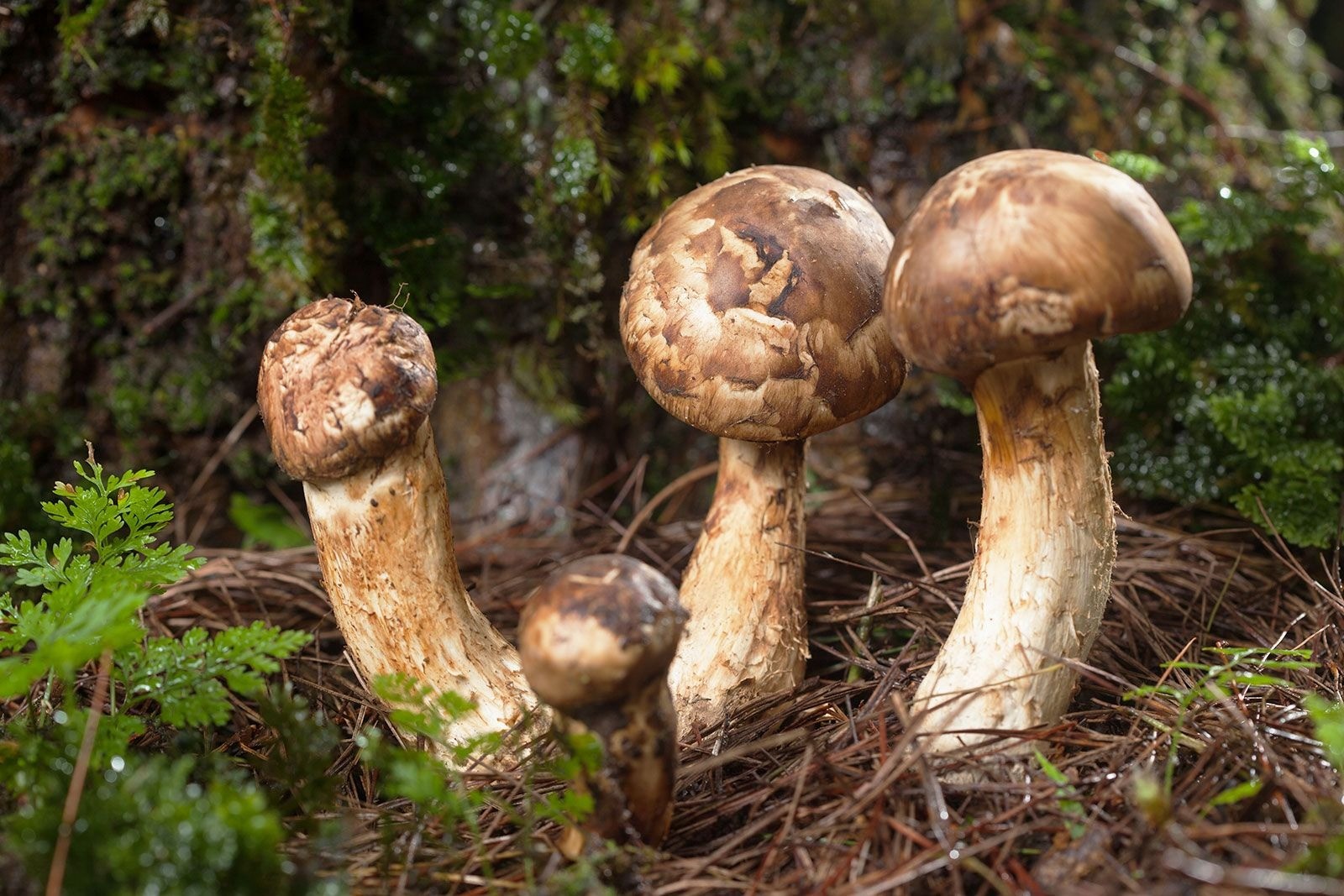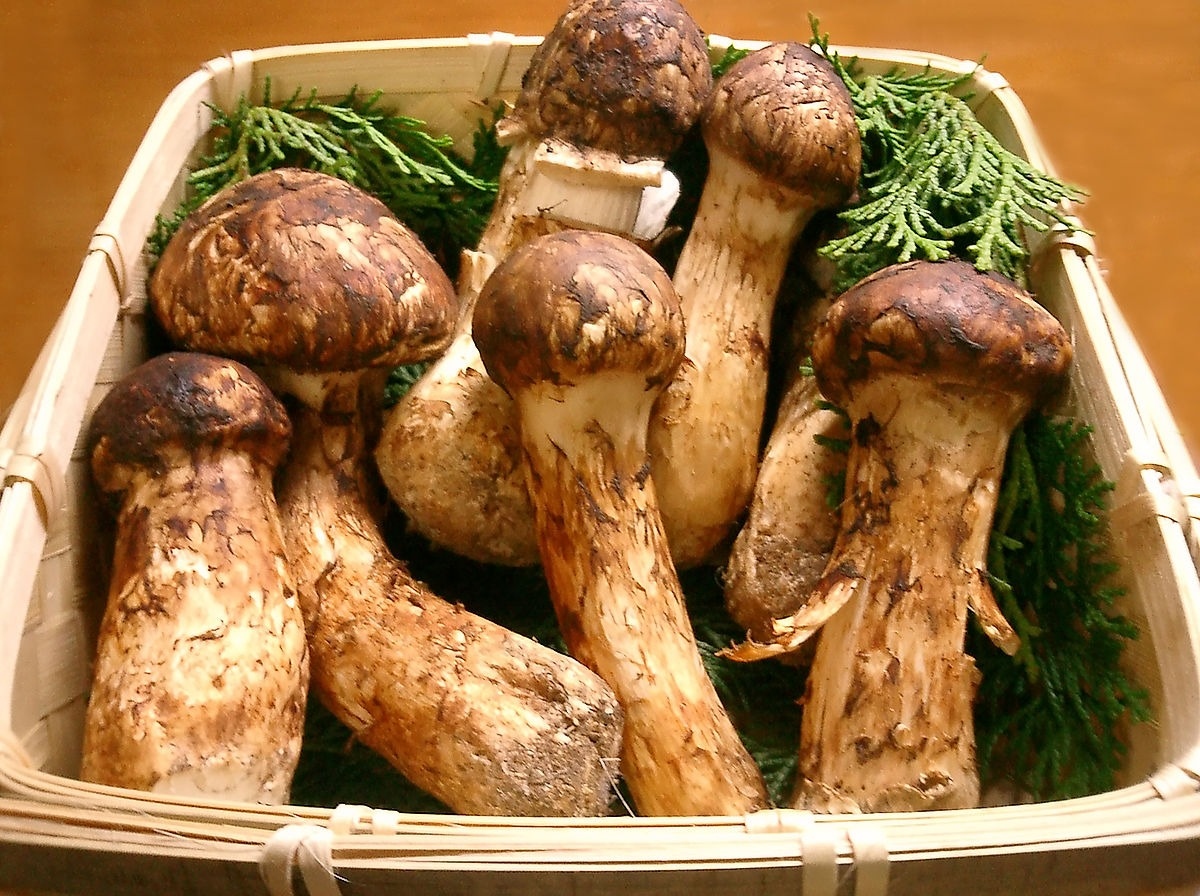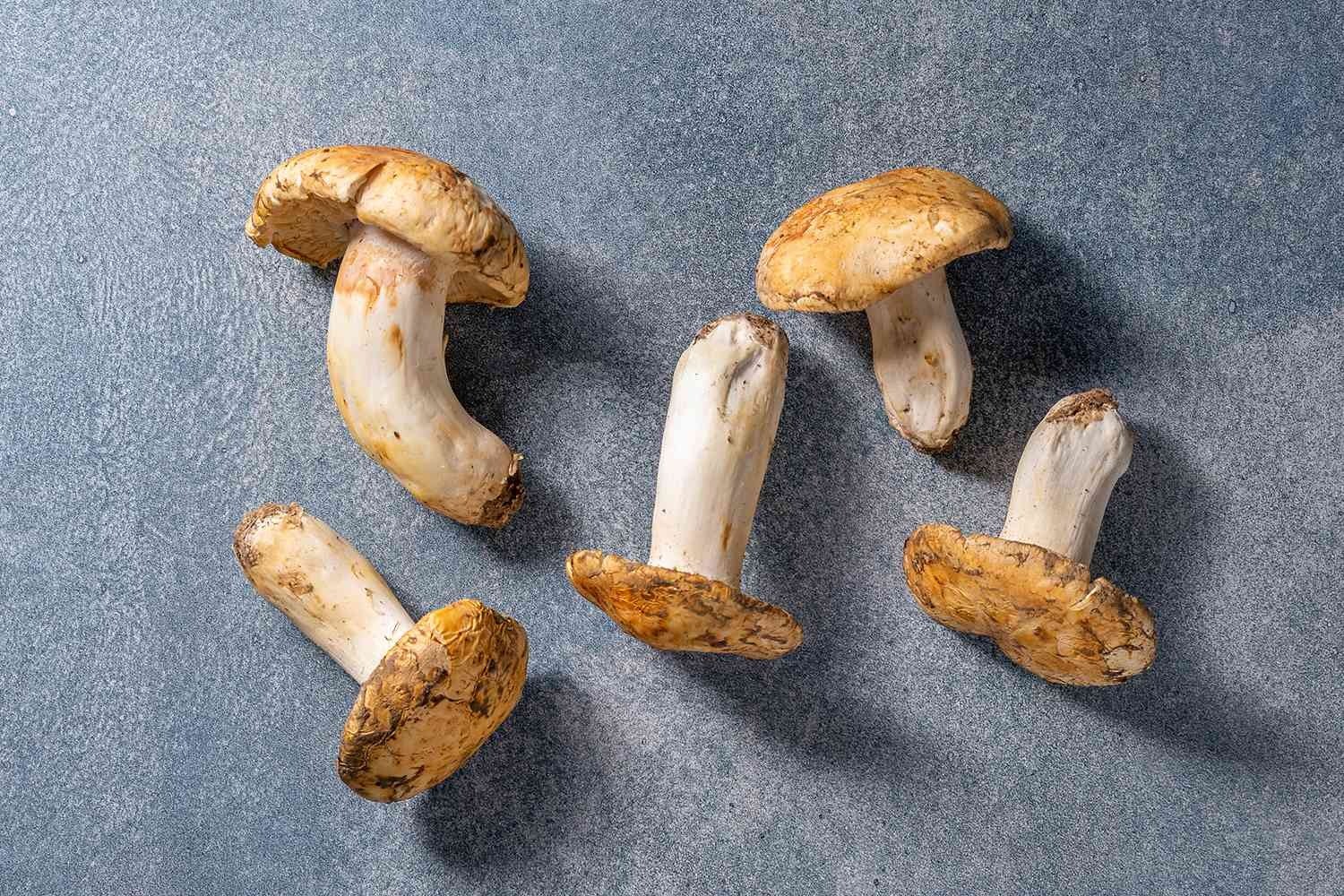With their wonky trunks and grubby appearance, you wouldn’t think that matsutake mushrooms are a contender for the world’s most expensive ingredient, but those grown domestically in Japan can fetch sums that rival black truffles. Why is it so expensive?

Matsutake mushrooms have been a delicacy in Japan since ancient times, as a long-running harbinger of autumn. These delicious mushrooms have even been mentioned in a seventh-century collection of Japanese poetry, showing their long-standing history of being enjoyed by residents of Kyoto and Nara alike.
When matsutake mushrooms make their brief seasonal appearance in September and October, you will see them neatly packaged into wooden cases to be sold at high-end supermarkets and department stores.

Prized for their meaty texture, earthy, piney taste and strong, spicy aroma, matsutake mushrooms are a shining star in kaiseki, ryotei and sushi restaurants. These fantastic fungi are also given as gifts to impress bosses and in-laws.
A single well-shaped matsutake can cost as much as 80 dollars, and even an average one will cost 40 dollars per stem. Their incredibly high value is a result of the rare conditions in which the matsutake mushroom can suitably grow. They hail from the roots of red pine forests, which have become increasingly scarce due to the invasion of a worm species. Extremely hard to grow artificially, they are a threatened species, pushing up the prices.

Matsutake mushrooms are so prized that Japan has now entered an era of matsutake fraud, whereby tiny slivers are used to inflate the mushrooms to inflate their weight and price. 20 years ago, matsutake mushrooms were cheaper and much more abundant, and were used liberally in the kitchen. Nowadays you’ll be lucky to get three-paper thin slices in your broth, as a special treat in a fine dining establishment.

For those who love matsutake but can’t afford the hefty price tag, a Japanese company has released a vial with the “essence of matsutake”, to be poured on top of ordinary mushrooms and give them that divine matsutake flavour.

Matsutake mushrooms can be eaten raw in the wild without being cooked, and some connoisseurs claim this is the best way to indulge in their full flavour and aroma. There are a variety of ways to cook matsutake mushrooms, but it’s best to keep it simple to preserve their flavour.
Would you fork out for these mushrooms?